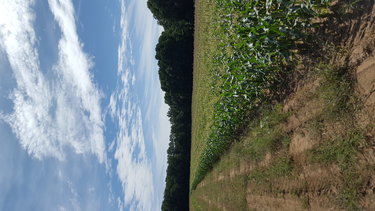Albany County farmers eligible to receive emergency loans
ALBANY COUNTY — Albany County farmers affected by freeze and frost this year are eligible to apply for emergency loans through the United States Department of Agriculture’s Farm Service Agency.
The deadline for applications is April 17, 2024.
Albany County was one of 31 counties in New York State to be named a primary natural disaster area by the USDA. Nearby Broome, Greene, Rensselaer, and Schoharie counties also received the designation, which allows for emergency loans to be handed out to farmers in those areas.
The designation comes after these counties had been affected by a freeze event in May, which, according to the New York State Department of Agriculture and Markets, caused frost damage to various fruits throughout the state. The state has issued a Crop Loss Declaration for wineries, and is preparing to announce one for cideries in the near future, says an Ag and Markets press release.
The USDA has a disaster assistance discovery tool on its website that can help farmers identify aid programs for which they may be eligible. Farmers just need to answer five questions — whether they’ve experienced damage and loss, when it occurred, the type of damage, the impact, and their general location — and the tool will advise them on what programs to look into.
Putting in details that line up with the May freeze event brings up the Noninsured Crop Disaster Assistance Program, which provides money to farmers who have lost or were unable to plant non-insurable crops because of a disaster.


